Fish farming in Mexico has been steadily increasing in recent years, with more and more entrepreneurs tapping into this growing industry. The country’s main farmed species are tilapia, catfish, and shrimp. Most of Mexico’s farmed fish are produced in freshwater systems, with only a small percentage coming from marine aquaculture.
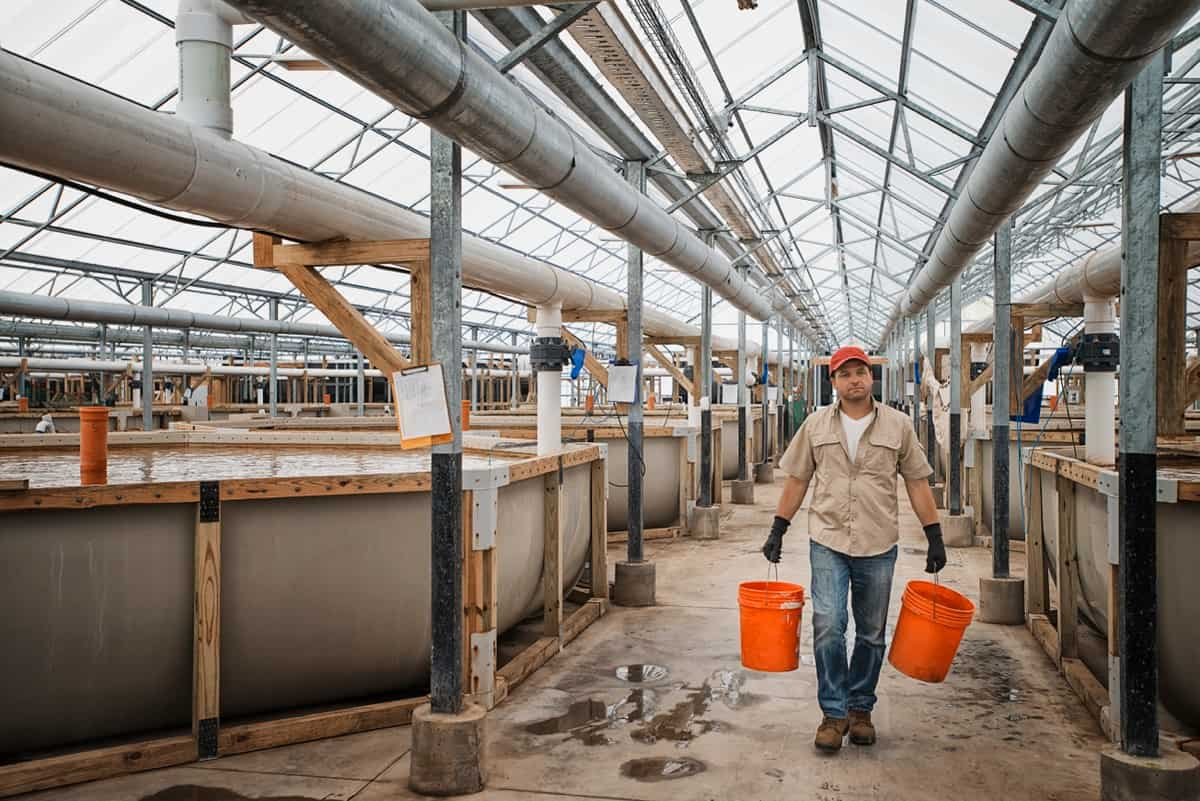
How to Start Fish Farming in Mexico
Scope of Fish Farming in Mexico
- Fish farming plays a vital role in the Mexican economy, providing employment for thousands of people and contributing to food security in Mexico.
- Today, fish farming is still an important industry in Mexico. The country is home to several large-scale commercial fish farms, which produce a variety of species for export. Mexico is also a major producer of tilapia, a type of fish popular worldwide.
- Fish farming continued to be an important part of Mexican culture. Today, fish farming is a major industry in Mexico, with over 1,000 farms producing a variety of species for both domestic and export markets.
- Fish farming in Mexico has many benefits. The country’s climate is ideal for raising fish, and there is an abundant freshwater supply. Fish farming also provides employment opportunities for rural communities.
- Fish farms in Mexico are well-regulated and follow strict environmental guidelines. This ensures that the fish raised are healthy and safe to eat. Mexican fish farmers use various methods to raise their fish, including traditional methods passed down from generation to generation.
Which Mexican State Has the Highest Fish Production?
Sonora is the state with the largest fishing production in Mexico. Campeche, Chiapas, Colima, Guerrero, Jalisco, Michoacan, Baja California, Baja California Sur, Nayarit, Oaxaca, Quintana Roo, Sinaloa, Tabasco, Tamaulipas, Veracruz, and Yucatan also have fishing fleets and aquaculture industry in Mexico.
In case you missed it: How to Start Rabbit Farming in Mexico: Key Rules, Business Plan, Requirements, Setup Cost, and Profit

Different Fish Species in Mexico
Many different types of fish can be farmed in Mexico, including tilapia, catfish, and bass. Tilapia is the most popular type of fish farmed in Mexico, as it is easy to farm and has a high demand. Catfish is also popular, as it is well-suited to Mexico’s climate and water conditions. Bass is less common but is prized for their flavor and texture.
The main types of seafood produced by aquaculture in Mexico are Mojarra, Huachinango (red snapper), Trout, Tilapia, and Tuna. Some other fish species are Northern red snapper, Mosquitofish, Red grouper, Lane snapper, Gray snapper, etc.
Is Indoor Fish Farming Profitable in Mexico?
Yes, indoor fish farming can be profitable. There are different factors to consider when deciding if fish farming is the right business for you. These include the type of fish you plan to farm, the size and location of your operation, and your marketing strategy.
Freshwater Fish Farming in Mexico
- It is an important part of Mexico’s aquaculture industry. The country has a long tradition of fish farming, and today, it is one of the world’s leading farmed fish producers.
- Mexican farmers produce a variety of farmed fish species, including tilapia, catfish, carp, and trout. In recent years, the country has also begun farming salmon and shrimp. Fish farming in Mexico is typically done in large ponds or cages in lakes and reservoirs.
- The Mexican government provides financial incentives for freshwater fish farmers, as the industry is important for food security and rural development.
In case you missed it: How to Start Goat Farming in Mexico: Key Rules, Business Plant, Setup Cost, Profit, and Requirements
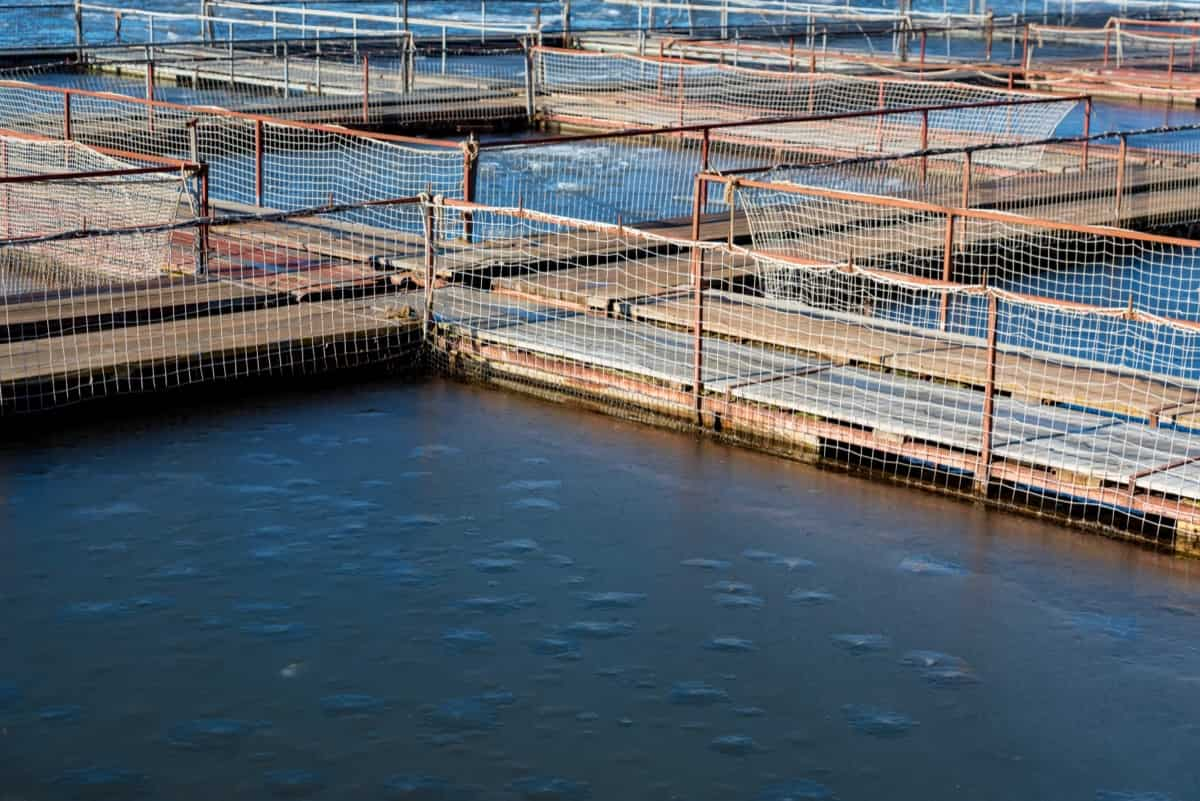
How to Create Fish Farming Business Plan in Mexico
- Decide what type of fish farming business you want to start. There are several fish farms, including freshwater, saltwater, and aquaculture. Each type of farm has its own set of benefits and drawbacks.
- Research the local market for fish farming in Mexico. Find out what type of fish is in demand and what prices farmers get for their product.
- Develop a business plan for your fish farming business. This plan should include your financial goals, target market, production schedule, and other important business information.
- Choose a location for your farm. Fish farms can be located either on land or in water. Consider the climate, soil conditions, and proximity to markets when choosing a location for your farm.
- Build the infrastructure for your farm. This may include ponds, tanks, nets, cages, pumps, and other equipment necessary for fish farming.
- Stock your pond or tank with fish fry or fingerlings. You can purchase these from a hatchery or grow them yourself from broodstock fish.
- Harvest your fish when they reach maturity and sell them to wholesale buyers or local markets.
Key Rules to Start Fish Farming in Mexico
- Obtain permits and licenses from the Mexican government to operate a fish farm.
- Find a suitable location for the fish farm, considering water availability, land costs, and market proximity.
- Build or lease appropriate facilities for housing, feeding, and caring for the fish.
- Stock the fish farm with fingerlings or juvenile fish of the desired species.
- Monitor the health of the fish stock and implement management practices to ensure good water quality and disease control.
- Harvest the fish when they reach maturity and market them to wholesale or retail customers.
- Manage finances carefully to ensure profitability and reinvest profits into the business to support growth.
In case you missed it: How to Start Hydroponic Farming in Mexico: Key Rules, Business Plan, Setup Cost, Profit, and Requirements
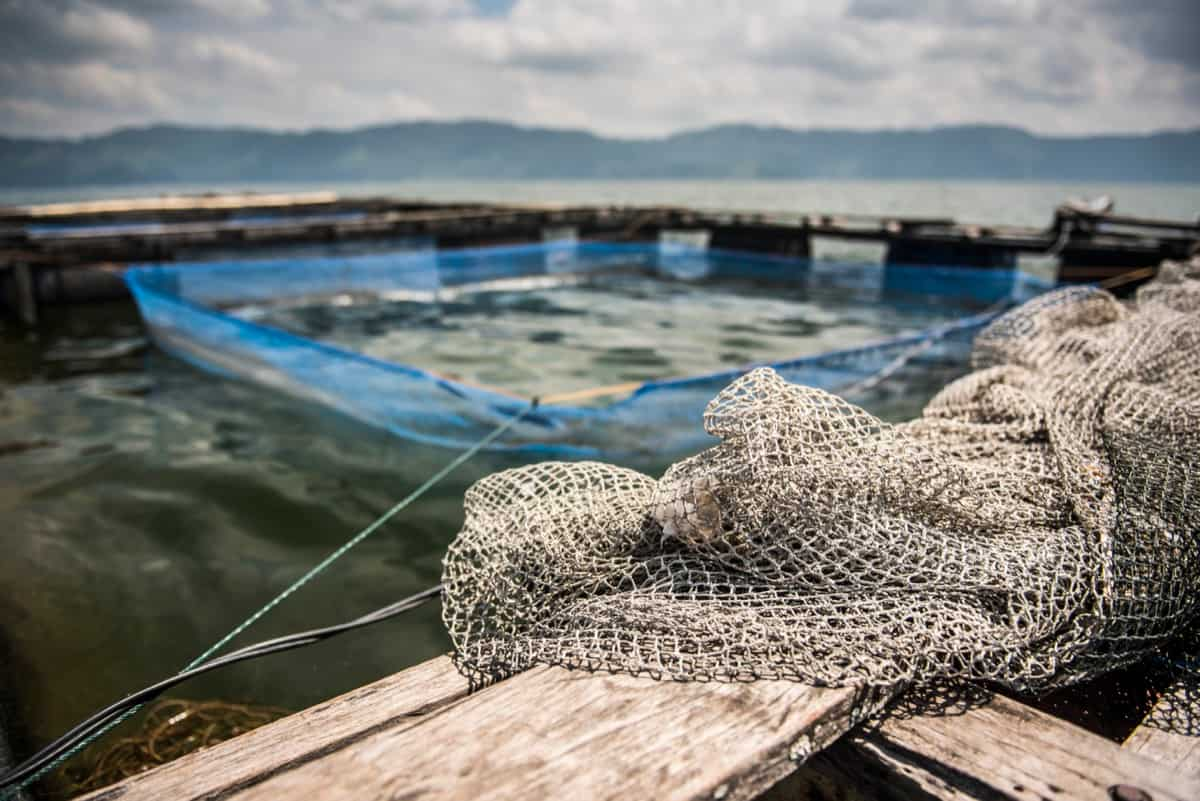
Site Selection for Fish Farming in Mexico
Site selection is a critical component of successful fish farming. The site must have the right combination of water availability, quality, temperature, and land available for construction. In Mexico, many areas have the potential to support fish farming. The government is promoting fish farming in the country and supporting farmers through programs such as the National Aquaculture Plan.
When selecting a site for fish farming, it is important to consider all factors impacting the farm’s success. Water availability and quality are perhaps the most important considerations, as the farm will need a reliable water source that meets the fish’s needs. Temperature is also important, as certain fish species require specific temperature ranges to thrive. In addition, land availability is an important consideration, as the farm will need space for ponds, tanks, and other infrastructure.
Managing the Fish Farm in Mexico
- Regular maintenance is essential to keeping your fish healthy and ensuring that your facility runs smoothly. Make sure to schedule regular check-ups and cleanings with your staff.
- As with any agricultural operation, water quality is crucial to success. Test your water regularly and take steps to ensure that it remains clean and free of pollutants.
- Mexico’s climate can be tough on fish farms, so be prepared for extreme weather conditions and take steps to protect your facility from storms or floods.
Select Fish Farming Methods in Mexico
Cage culture: This method involves suspending cages in open water bodies such as ponds, lakes, or oceans. The cages can be made from various materials, including plastic, metal, or bamboo. Cage culture is well suited for species that do not require large amounts of space to swim and grow, and it is also relatively easy to monitor and control conditions in the cages.
Pond culture: This method involves digging ponds and stocking them with fish. Ponds can be simple earthen affairs or more complex concrete structures. Pond culture is well suited for species that require still or slow-moving water to thrive. It is also possible to control pond conditions more easily than in open water bodies.
In case you missed it: How to Start Dairy Farming in Mexico: Breeds, Business Plan, Requirements, Setup Cost, and Profit
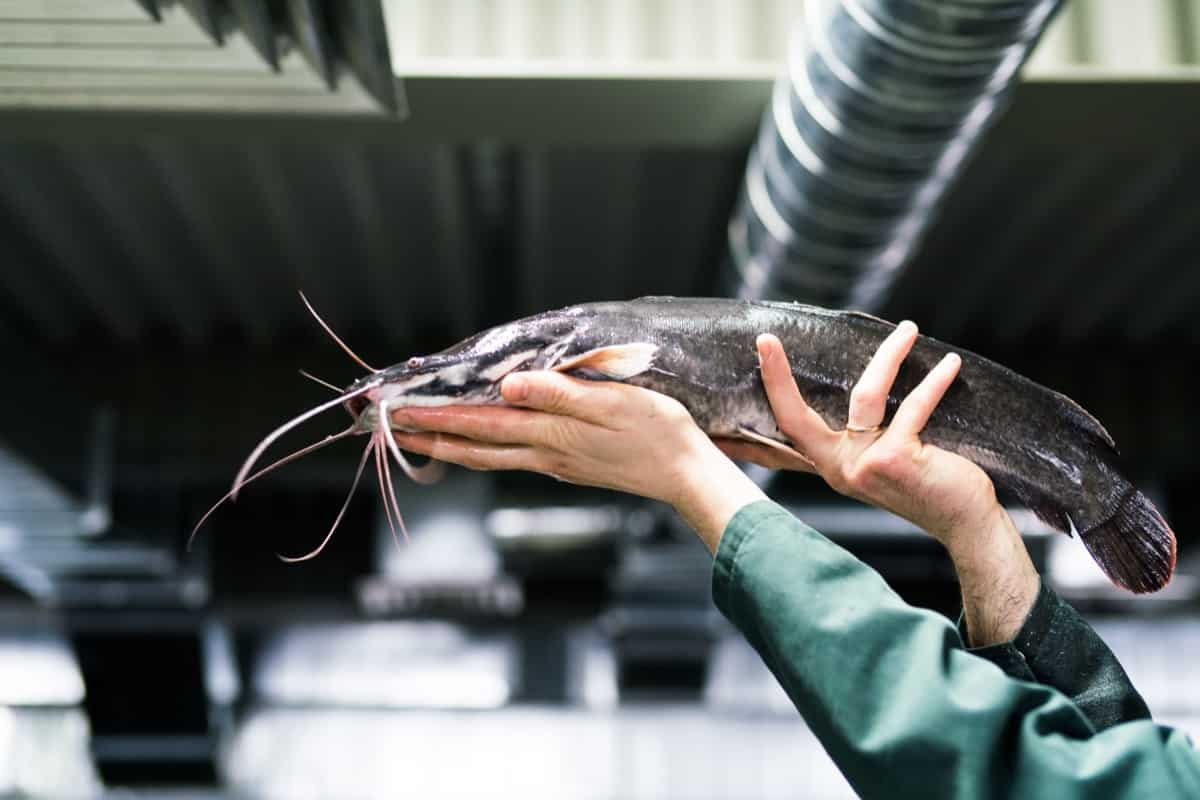
Raceway culture: This method confines fish to long narrow tanks or channels through which water flows continuously. Raceway culture allows for good water circulation and oxygenation, which is important for the health of the fish. It is also possible to control feeding and waste removal more easily in raceways than in other systems.
Water Quality for Fish Farming in Mexico
The quality of water is very important for fish farming. The water must be clean and free of toxins. It is also important that the water has the right temperature and pH level for the fish. If the water is not of good quality, it can cause the fish to get sick and even die.
Caring & Other Management Tips for Fish Farming in Mexico
- Provide a clean and spacious environment – Your fish need a clean and spacious environment to thrive. This means regular cleaning of the tanks or ponds and providing enough space for the fish to swim freely. Caring for your fish and ensuring they are healthy is essential to successful fish farming.
- Feed them a healthy diet – Like any other animal; your fish need a healthy diet to stay strong and healthy. Be sure to provide them with high-quality food that contains all the nutrients they need.
- Keep an eye on water quality – Water quality is also very important for your fish. Monitor it regularly and make necessary changes, such as adding an aeration or filtration system.
Fish Harvesting Tips in Mexico
When it comes to fish farming in Mexico, harvesting fish is a vital part of the process. There are many ways to harvest fish, and the method used will depend on the fish harvested. For example, some farmers may use nets to harvest fish, while others may use cages or manually collect them from the water. No matter what method is used, it is important to ensure that the fish are harvested safely and humanely. Also, it is important to ensure that the fish are properly processed and stored to remain fresh and delicious.
Marketing for Fish Farming Business in Mexico
As the demand for fish increases, so does the opportunity for fish farmers. Marketing your fish farming business can help you reach a larger audience and sell more fish. There are some points to remember when marketing your fish farming business. First, focus on the quality of your product.
Fish that are healthy and well-fed are more likely to be purchased by customers. Second, make sure your pricing is competitive. Research the prices of other fish farmers in your area and offer a fair price for your product. Third, promote your business through word-of-mouth and online channels. Reach out to local businesses and individuals who may be interested in buying fresh fish from you.
In case you missed it: Key Rules to Start Organic Farming in Mexico: Step-By-Step, Business Plan, Certification, Policies, Subsidies, Cost, and Profit
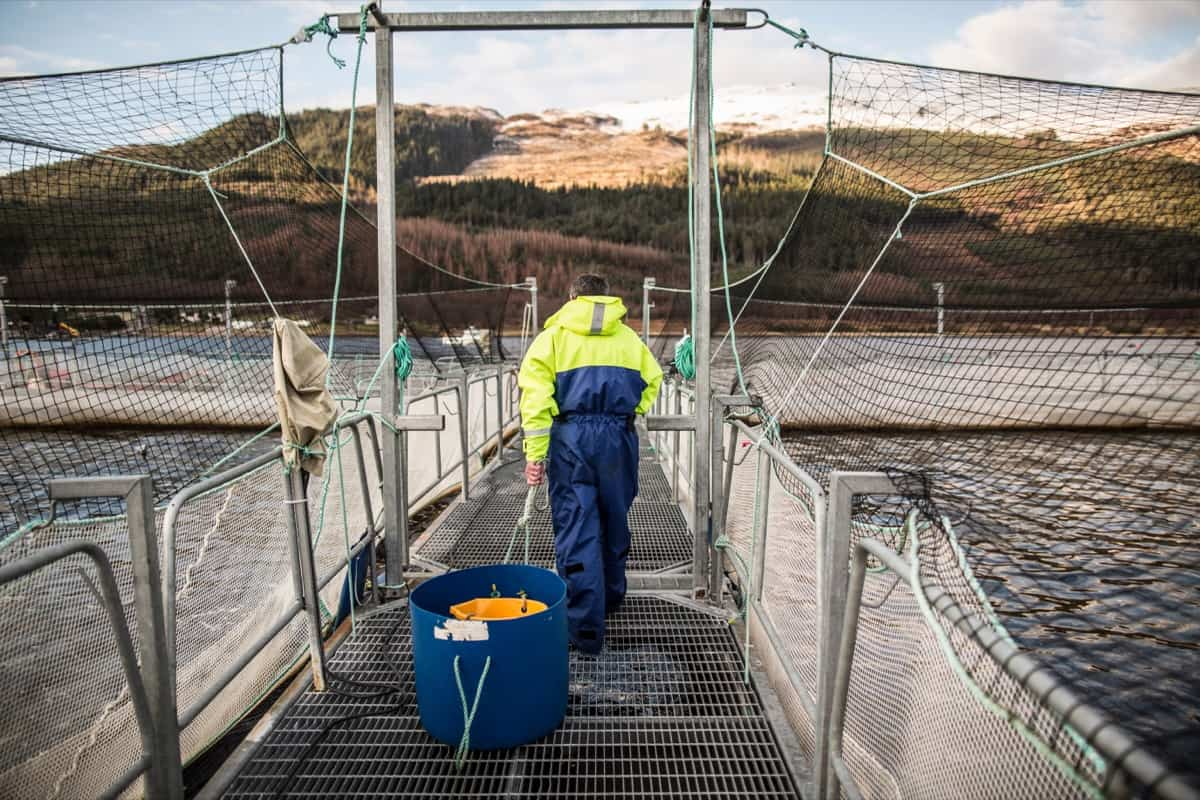
Fish Farming Loans and Subsidies in Mexico
- The Mexican government supports the fish farming industry through policies and regulations promoting sustainable practices. In recent years, there has been increasing investment in research and development to improve further the efficiency and sustainability of fish farms in Mexico.
- Fish farming in Mexico has grown significantly in recent years. The country now ranks as the world’s fifth-largest producer of farmed fish. This growth is driven by increasing demand for seafood globally and by supportive government policies. As a result of these investments, fish farming in Mexico is now more efficient and sustainable. It is an important contributor to the country’s economy and employs thousands of people.
- The Mexican government offers a variety of loans and subsidies for fish farmers in Mexico. These programs are designed to help farmers with the costs of starting and operating a fish farm. The government also provides training and technical assistance to fish farmers.
Fish Farming Problems in Mexico
- In Mexico, fish farming is a major industry, providing employment for many people and contributing significantly to the country’s economy. However, the industry is not without its problems.
- One of Mexican fish farmers’ biggest issues is the high feed cost. Fish feed is typically made from smaller fish, so as demand for fish grows, so does feed price. This strains farmers’ budgets and makes it difficult to profit.
- Another problem faced by Mexican fish farmers is a disease. Because fish are raised near one another, diseases can spread quickly through a farm, decimating an entire crop. Farmers must monitor their fish for signs of illness and take steps to prevent disease outbreaks.
Fish Farming Challenges in Mexico
In Mexico, fish farming is a relatively new industry with many challenges. One of the main fish farming challenges is the lack of freshwater resources. Mexico has very limited freshwater resources compared to other countries, making raising fish in large quantities difficult. In addition, the water quality in Mexico is often poor, which can lead to disease and death in fish farms.
In case you missed it: Key Rules to Start a Greenhouse Farming in Mexico: Business Plan, Setup Cost, Profit, and Management

Another challenge is the lack of experienced personnel. Not many people in Mexico have experience in fish farming, making it difficult to set up and operate a successful farm. Finally, the cost of land and equipment is often high in Mexico, making it difficult to start a new farm.
Fish Farming Set Up Cost in Mexico
According to the National Aquaculture Association, setting up a fish farm in Mexico can range from $2,500 to $5,000. This cost includes materials, labor, and other miscellaneous expenses. The size of the farm will also play a role in the final set-up cost. Larger farms will require more materials and labor and, therefore, will have a higher set-up cost.
Conclusion
Fish farming is the method of raising fish in captivity for commercial purposes. It involves controlled breeding, hatching, and rearing of fish in tanks or enclosures, usually to produce food for human consumption. Fish farming is becoming increasingly popular in Mexico, leading to the growth of a new economic sector. Today, fish farming is a major industry in Mexico, with over 1,000 farms producing a variety of species for both domestic and export markets.
- Types of Pesticides Used in Agriculture: A Beginner’s Guide
- Economical Aquaculture: A Guide to Low-Budget Fish Farming
- 15 Common Planting Errors That Can Doom Your Fruit Trees
- How to Make Houseplants Bushy: Effective Tips and Ideas
- Innovative Strategies for Boosting Coconut Pollination and Yield
- Pollination Strategies for Maximum Pumpkin Yield
- The Complete Guide to Chicken Fattening: Strategies for Maximum Growth
- Natural Solutions for Tulip Problems: 100% Effective Remedies for Leaf and Bulb-Related Issues
- Revolutionizing Citrus Preservation: Towards a Healthier, Greener Future
- Natural Solutions for Peony Leaf and Flower Problems: 100% Effective Remedies
- Maximizing Profits with Avocado Contract Farming in India: A Comprehensive Guide
- Natural Solutions for Hydrangea Problems: 100% Effective Remedies for Leaf and Flowers
- The Ultimate Guide to Choosing the Perfect Foliage Friend: Bringing Life Indoors
- From Sunlight to Sustainability: 15 Ways to Use Solar Technology in Agriculture
- The Ultimate Guide to Dong Tao Chicken: Exploring from History to Raising
- The Eco-Friendly Makeover: How to Convert Your Unused Swimming Pool into a Fish Pond
- Mastering the Art of Delaware Chicken Farming: Essentials for Healthy Backyard Flocks
- 20 Best Homemade Fertilizers for Money Plant: DIY Recipes and Application Methods
- How to Craft a Comprehensive Free-Range Chicken Farming Business Plan
- Brighten Your Flock: Raising Easter Egger Chickens for Beauty and Bounty
- How to Optimize Your Poultry Egg Farm Business Plan with These Strategies
- Subsidy for Spirulina Cultivation: How Indian Government Schemes Encouraging Spirulina Farmers
- Ultimate Guide to Raising Dominique Chickens: Breeding, Feeding, Egg-Production, and Care
- Mastering the Art of Raising Jersey Giant Chickens: Care, Feeding, and More
- Ultimate Guide to Raising Legbar Chickens: Breeding, Farming Practices, Diet, Egg-Production
- How to Raise Welsummer Chickens: A Comprehensive Guide for Beginners
- How to Protect Indoor Plants in Winter: A Comprehensive Guide
- Ultimate Guide to Grow Bag Gardening: Tips, Tricks, and Planting Ideas for Urban Gardeners
- Guide to Lotus Cultivation: How to Propagate, Plant, Grow, Care, Cost, and Profit
- Agriculture Drone Subsidy Scheme: Government Kisan Subsidy, License, and How to Apply Online
- Ultimate Guide to Raising Araucana Chickens: Breed Profile, Farming Economics, Diet, and Care
- Bringing Hydroponics to Classroom: Importance, Benefits of Learning for School Students
- Ultimate Guide to Raising Polish Chickens: Breed Profile, Farming Economics, Diet, and Care
- Ultimate Guide to Raising Australorp Chickens: Profile, Farming Economics, Egg Production, Diet, and Care
- Silkie Chicken Farming: Raising Practices, Varieties, Egg Production, Diet, and Care
- Sussex Chicken Farming: Raising Practices, Varieties, Egg Production, Diet and Care